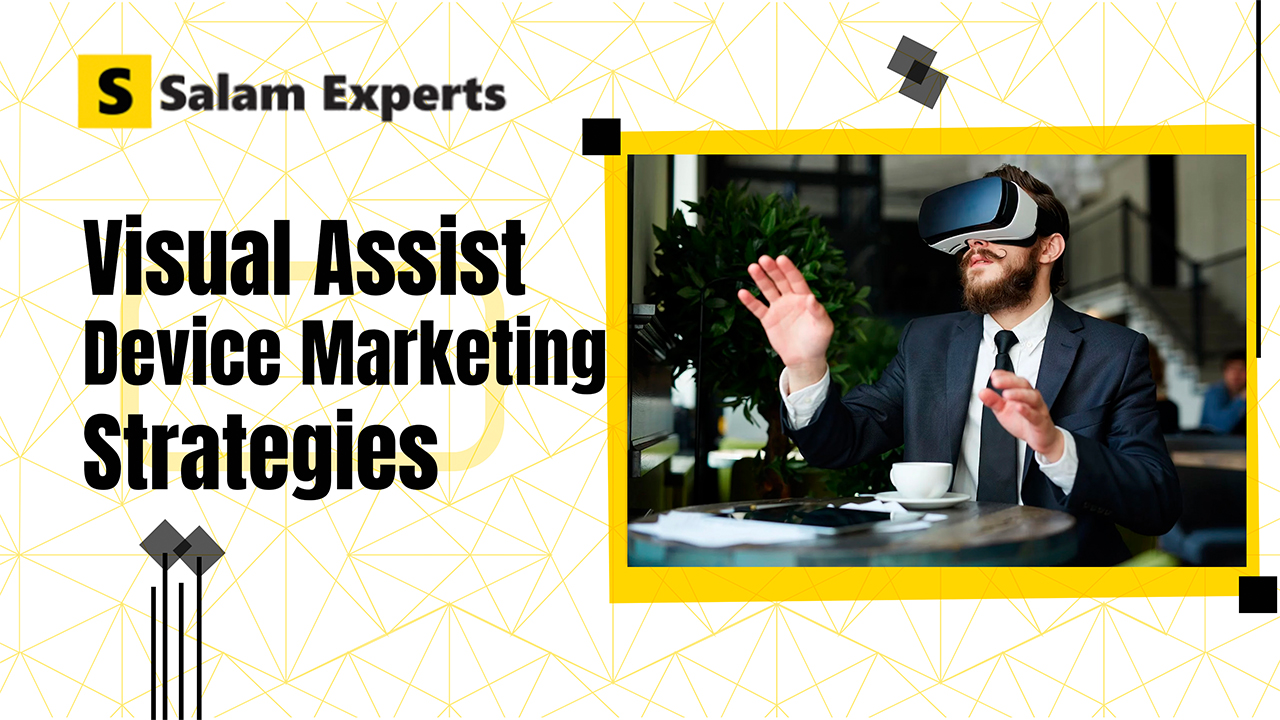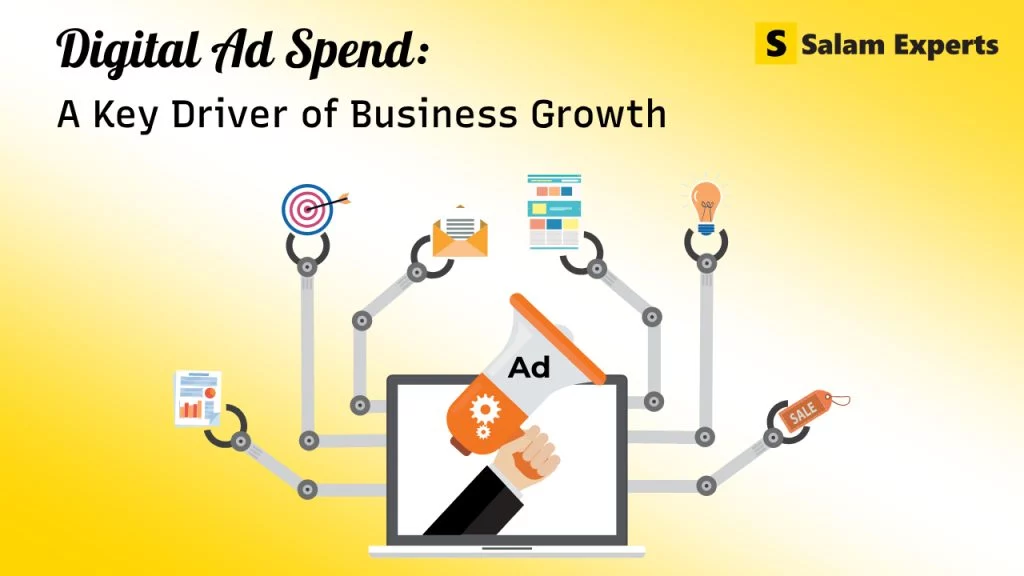Marketing Strategies for Visual Assist Devices

Visual assist devices are becoming increasingly popular, helping people with visual impairments maintain independence and improve their quality of life. As the market for these devices continues to grow, businesses need effective marketing strategies to reach their target audience and achieve success.
Key Highlights
- Visual assist devices empower people with visual impairments to maintain independence and improve their quality of life.
- Target audience segmentation for visual assist devices should consider age, degree of visual impairment, and technical savviness.
- A well-rounded marketing strategy combines digital channels (SEO, content marketing, social media marketing, email marketing) with traditional methods (public relations, partnerships, trade shows).
This blog post explores various marketing strategies specifically tailored for visual assist devices.
What is Visual Assist Devices
Visual assist devices are tools designed to help individuals with visual impairments perform daily tasks and activities more independently. These devices can range from simple magnifiers to complex electronic aids.
Examples of Visual Assist Devices:
1. Optical Aids
- Improved Lens Materials: Developing scratch-resistant, lightweight, and high-definition lenses.
- Advanced Magnification Techniques: Exploring new methods to increase magnification without compromising image quality.
- Integration with Smart Devices: Connecting optical aids to smartphones for features like image capture and analysis.
2. Electronic Aids
- Enhanced Image Processing: Improving image clarity, contrast, and color accuracy in electronic magnifiers.
- Artificial Intelligence Integration: Using AI to recognize objects and provide audio descriptions.
- Miniaturization: Creating smaller, more portable electronic aids.
3. Mobility Aids
- Advanced Sensor Technology: Incorporating sensors for obstacle detection, navigation, and environmental awareness.
- Augmented Reality Integration: Providing real-time information about surroundings through AR displays.
- Improved Battery Life: Extending the operating time of mobility aids.
4. Other Devices
- Customization Options: Allowing users to personalize Braille displays, font sizes, and other settings.
- Integration with Smart Homes: Enabling control of home devices through voice commands or Braille input.
- Accessibility in Public Spaces: Enhancing the accessibility of public places through the use of visual assist devices.
The goal of these devices is to improve the quality of life for people with visual impairments by providing them with tools to participate fully in society.
Understanding Your Target Market
The first step in any successful marketing campaign is understanding your target market. For visual assist devices, the target audience can be segmented based on:
| Factor | Description |
|---|---|
| Age | Consider the specific needs and challenges faced by different age groups, such as children, working adults, and seniors. |
| Visual Impairment | Tailor your message to the varying degrees of vision loss that your devices can address. |
| Technical Savvy | Some users may be comfortable with technology, while others may require more user-friendly devices and marketing materials. |
Understanding your target market allows you to develop targeted messaging and choose the most effective marketing channels.
Crafting Compelling Marketing Messages
Once you understand your target audience, focus on crafting compelling marketing messages that resonate with their needs and desires. Key points to consider include:
- Highlight the Benefits: Emphasize how your visual assist devices can enhance users’ lives by increasing independence, safety, and productivity.
- Focus on User Stories: Showcase real-life examples of how your devices have helped people overcome challenges.
- Address Pain Points: Acknowledge the difficulties faced by people with visual impairments and demonstrate how your devices offer solutions.
- Use Clear and Concise Language: Avoid technical jargon and ensure your message is easy to understand for everyone.
By creating clear and compelling marketing messages, you can effectively capture the attention of your target audience.
Braille Translation Software: Enhancing Accessibility
An essential component of modern visual assistive technology is Braille translation software. This software converts written text into Braille, enabling individuals who are blind or have severe visual impairments to read and interact with a wide range of printed materials. Incorporating Braille translation software into your marketing strategy offers several advantages:
- Highlight Accessibility: Emphasize how your Braille translation software helps bridge the accessibility gap, making information available to those who rely on Braille for reading.
- Showcase Features: Promote features like real-time translation, compatibility with various file formats (PDFs, Word documents), and integration with other assistive technologies.
- User Testimonials: Share testimonials from users who have benefited from Braille translation software, demonstrating its impact on their educational, professional, and personal lives.
- Educational Content: Provide content that educates both users and potential customers about the importance of Braille in promoting literacy and independence.
B.Book 32-Cell Notetaker: A Game Changer for Note-Taking
The B.Book 32-Cell Notetaker is a groundbreaking device in visual assistive technology. This compact, portable notetaker offers a range of features designed to enhance productivity and accessibility for users with visual impairments. Here’s how to highlight the B.Book 32-Cell Notetaker in your marketing strategy:
- Showcase its Features: Emphasize the device’s 32-cell Braille display, which allows users to read and write efficiently. Highlight additional features such as voice recording, file management, and connectivity options.
- Demonstrate Versatility: Illustrate how the B.Book 32-Cell Notetaker can be used in various settings, from academic environments to professional meetings, and how it supports diverse needs through its robust functionality.
- User Experiences: Share stories from users who have found the B.Book 32-Cell Notetaker to be a valuable tool in their daily lives. Focus on how it has helped them overcome challenges and achieve greater independence.
- Educational and Professional Impact: Detail how the notetaker facilitates learning and work productivity, making it an essential tool for students, professionals, and anyone needing reliable note-taking capabilities.
Utilizing Digital Marketing Channels
The digital landscape offers a variety of powerful marketing channels to reach your target audience. Consider these key strategies:
- Search Engine Optimization (SEO): Optimize your website and content to rank higher in search engine results pages (SERPs) for relevant keywords related to visual assist devices, Braille translation software, and the B.Book 32-Cell Notetaker.
- Content Marketing: Create informative and engaging content, such as blog posts, articles, and videos, that educate potential customers about visual assist devices, Braille translation software, and the B.Book 32-Cell Notetaker.
- Social Media Marketing: Utilize social media platforms like Facebook, Twitter, and Instagram to connect with your target audience, share valuable content, and build brand awareness.
- Email Marketing: Build an email list and send targeted campaigns to nurture leads and convert them into customers.
By implementing a multi-channel digital marketing strategy, you can effectively reach a wider audience and drive sales.
Leveraging Traditional Marketing Methods
While digital marketing is crucial, traditional methods can still be effective:
- Public Relations: Build relationships with journalists and influencers to generate positive media coverage for your visual assist devices, Braille translation software, and the B.Book 32-Cell Notetaker.
- Partnerships: Collaborate with organizations that serve people with visual impairments to reach a wider audience and gain credibility.
- Trade Shows and Events: Participate in industry events to showcase your devices and connect with potential customers and partners.
A well-rounded marketing strategy that combines digital and traditional methods can maximize your reach and impact.
Conclusion
By implementing these marketing strategies, businesses in the visual assist device industry can effectively reach their target audience, raise brand awareness, and achieve long-term success. Continuously monitor and adapt your strategies based on results and market trends to stay ahead in this evolving industry.





